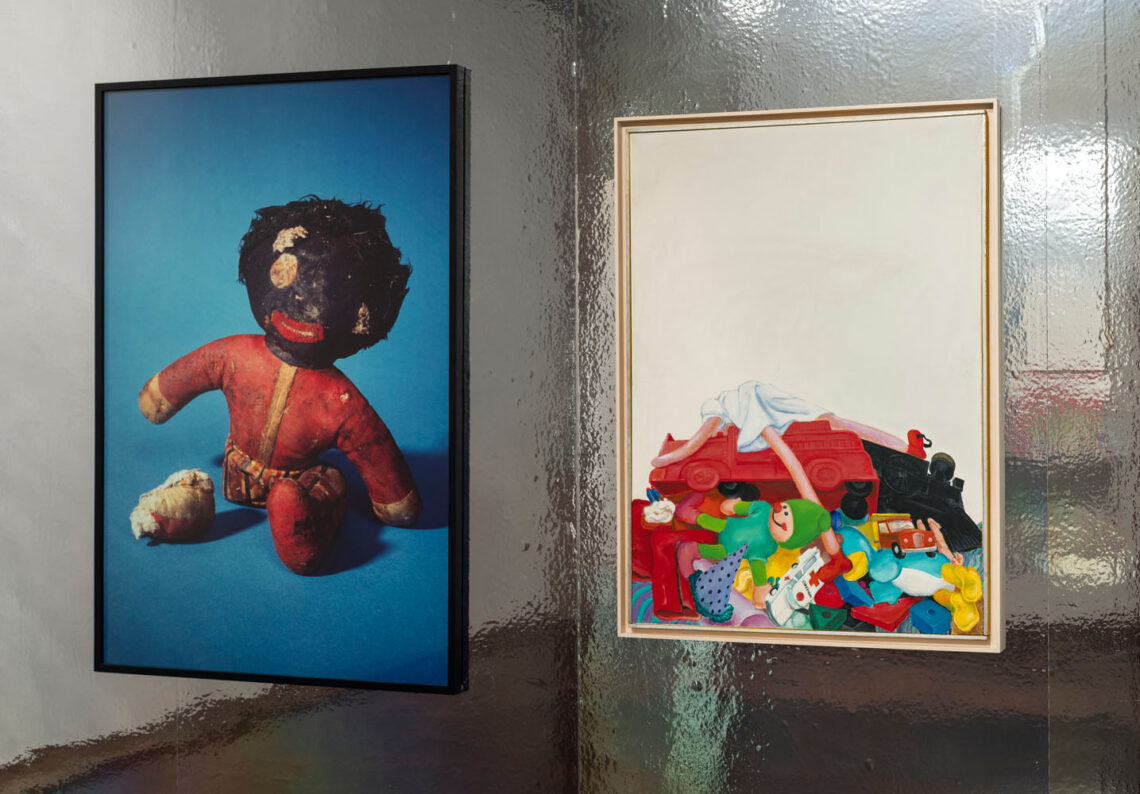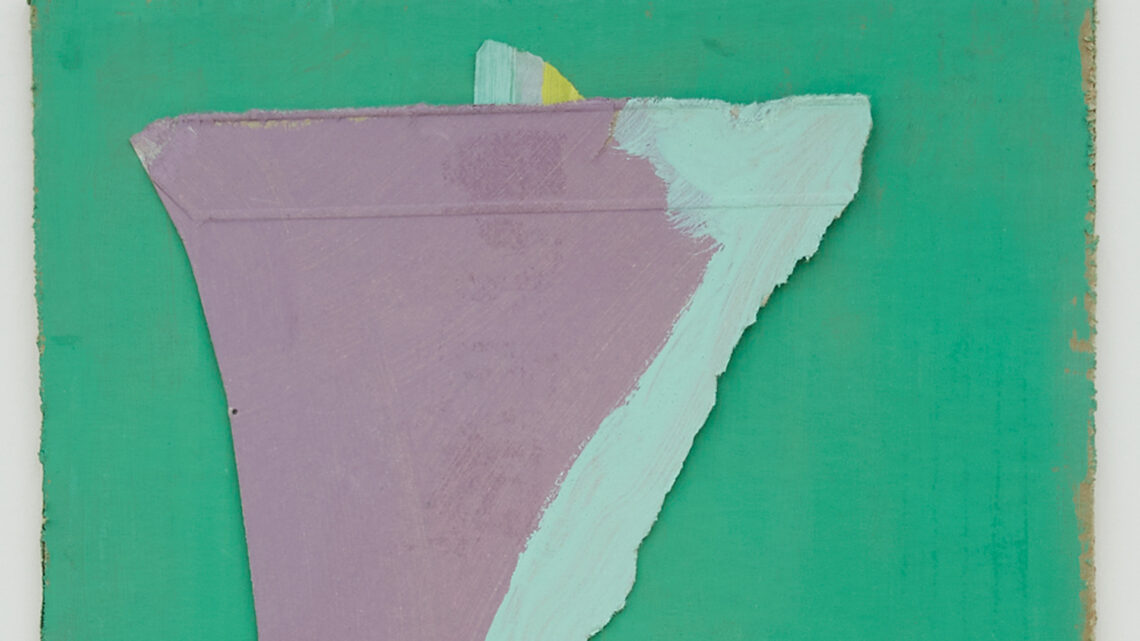Richard Hamilton
Virtual rooms

Richard Hamilton’s exhibition “Virtual Rooms” not only shows great examples of his work from the last fifteen years. It documents the extent to which the artist has taken up seemingly simple images since 1994, for example the postcard of a young Japanese wedding couple, in order to charge them with narrative and epistemological variations. Masterpieces are created through constant digital experimentation. Despite the completion, there still seem to be alternatives to the results. Hamilton no longer pays homage to Duchamp alone, but also to Jan van Eyck or Diego Velázquez, Vermeer van Delft or Fra Angelico. Aesthetically, his latest works are almost on a par with the Renaissance. At the same time, they state that they could be put together differently in the future.
Hamilton first revealed his path to the digital masterpieces in 2006 at the Alan Cristea Gallery in London. Under the title “Painting by Numbers”, he has presented 63 alternatives to particularly well-known prints. He showed abstract alongside figurative solutions or lighting changes in an interior. One of his most recent prints, the digital inkjet print “The Annunciation” from 2005, turned out to be a reflection of another series of pictures, “A Host of Angels”, a year later. It was shown by the artist in 2007 as part of the Venice Biennale at the Fondazione Bevilacqua La Masa.
With more than eighty examples, the Kunsthalle Bielefeld is presenting both groups of Hamilton’s works together for the first time, both the 68 prints from the five-part work group “Painting by Numbers” from 1994 to 2005 and the canvas series “A Host of Angels”, consisting of fourteen pictures from 1993 to 2007. She adds selected museum loans from the 1990s and presents Hamilton’s most recent group of works, the “Toasters”, which go back to an incunabulum of Pop Art, his “Toaster” made of metal, wood and paper from 1964. Richard Hamilton’s work from the past fifteen years is thus documented in a comprehensive and extremely timely manner.
In Philip Johnson’s Romanesque-style Kunsthalle, the current work of the now 86-year-old artist will appear in a unique depth. Hamilton will explain his works in an accompanying film. Edition Hansjörg Mayer is publishing individual catalogs in slipcases in German or English for both groups of works, which are available together at a special price of € 28.
Hamilton had already exhibited at the Kunsthalle Bielefeld in 1978. At that time, he showed the process of his studies since 1937 using the example of almost two hundred works on paper. In the current exhibition “Richard Hamilton. Virtual Spaces”, young people aged 16 to 26 have the opportunity to get to know the collage technique and Hamilton’s installation at the Museum Ludwig in Cologne through the “Hamilton Special” program. NRW.Bank in Düsseldorf, which acquired the complete 68-part group of works “Painting by Numbers” by Hamilton in 2007, is supporting the exhibition.
Curator: Thomas Kellein
Gallerie
















